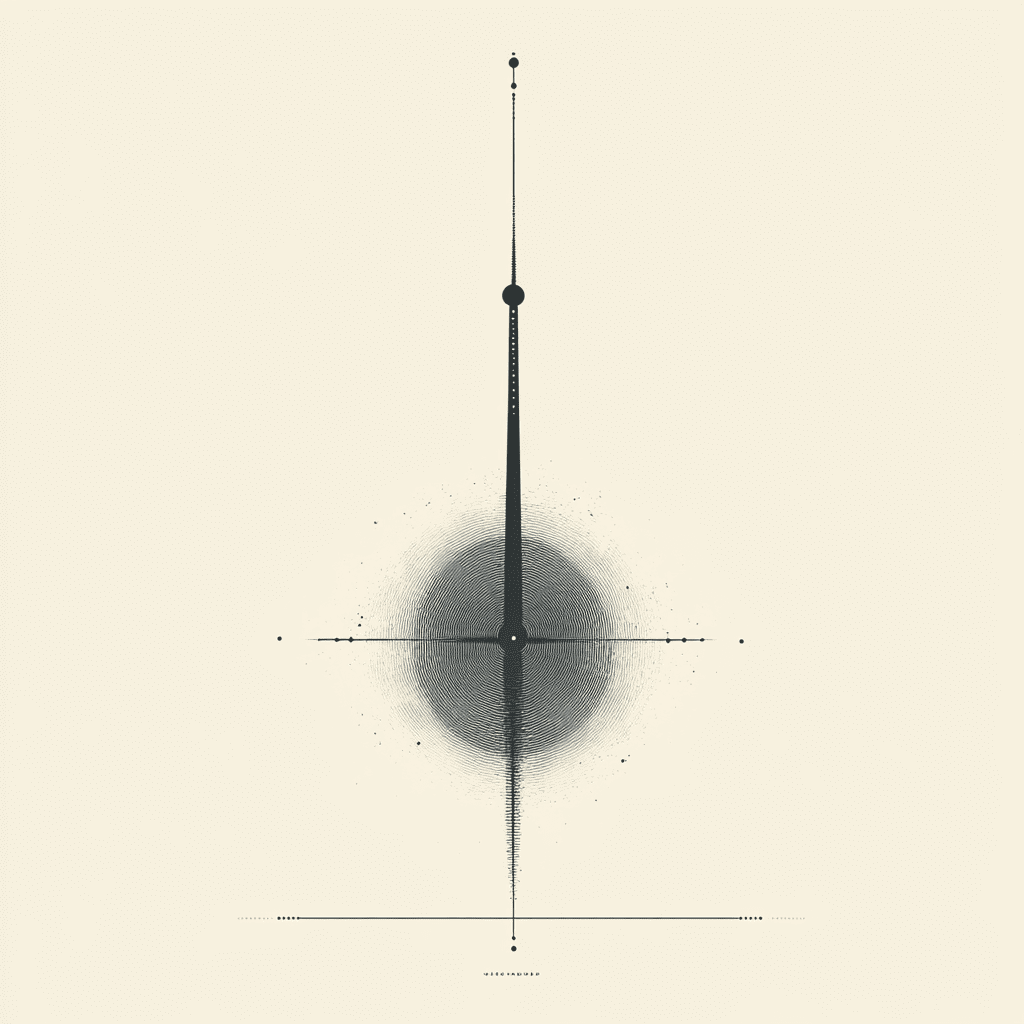The Landau-Lisfhitz-Gilbert (LLG) equation has been the cornerstone of
modeling the dynamics of localized spins, viewed as classical vectors of fixed
length, within nonequilibrium magnets. When light is employed as the
nonequilibrium drive, the LLG equation must be supplemented with additional
terms that are usually conjectured using phenomenological arguments for direct
opto-magnetic coupling between localized spins and (real or effective) magnetic
field of light. Tuttavia, direct coupling of magnetic field to spins is 1/c
smaller than coupling of light and electrons; or both magnetic and electric
fields are too fast for slow classical spins to be able to follow them. Here,
we displace the need for phenomenological arguments by rigorously deriving an
extended LLG equation via Schwinger-Keldysh field theory (SKFT). Within such a
theory, light interacts with itinerant electrons, and then spin current carried
by them exerts spin-transfer torque onto localized spins, so that when
photoexcited electrons are integrated out we arrive at a spin-only equation.
Unlike the standard phenomenological LLG equation with local-in-time Gilbert
damping, our extended one contains a non-Markovian memory kernel whose plot
within the plane of its two times variables exhibits fractal properties. By
applying SKFT-derived extended LLG equation, as our central result, to a
light-driven ferromagnet as an example, we predict an optically induced
magnetic inertia term. Its magnitude is governed by spatially nonlocal and
time-dependent prefactor, leading to excitation of coherent magnons at sharp
frequencies in and outside of the band of incoherent (or thermal) magnons.
Questo articolo esplora i giri e le loro implicazioni.
Scarica PDF:
2504.17769v1

